In the City of Madison, we believe that stormwater runoff and the effects associated with it directly impacts the lives of our residents and our entire community, and we work diligently to protect those resources. Often we think of stormwater as a “public works problem,” but this is not always the case.
The more we work on water quality problems, we find that drinking water, stormwater and sewer treatment are linked in real ways by our actions. While it is possible to use the traditional model, it can produce unintended consequences including increased cost.
As we talk about the lakes and water quality today, it is important that we recognize we each have a role in the creation of stormwater runoff, and each of us needs to take part in reducing the impact of our actions.
Recently, Madison Water Utility, City Engineering, and many other partners have begun to create a voluntary certification program working with road salt applicators to reduce the amount of salt applied to parking lots and roads. The goal is to apply an amount needed for safety, because chloride can impact surface waters, wells, and even the sewer treatment plant.
Solutions to this and other stormwater pollutant problems, such as the phosphorous associated with fall leaf collection, may call for some non-traditional public works solutions, including source reduction and engaging the public to help us toward those efforts. This follows a long understood idea that it is better to avoid putting something in the water than it is to try and get it out down the road.
Expect Madison to continue to lead in finding new ways to address common problems like leaf collection and salt reduction. We are all in this together.





